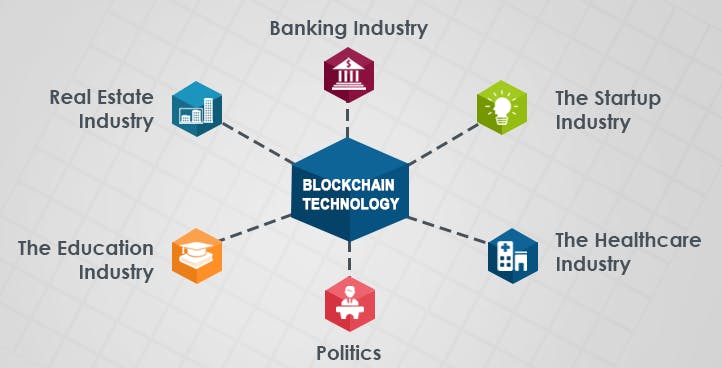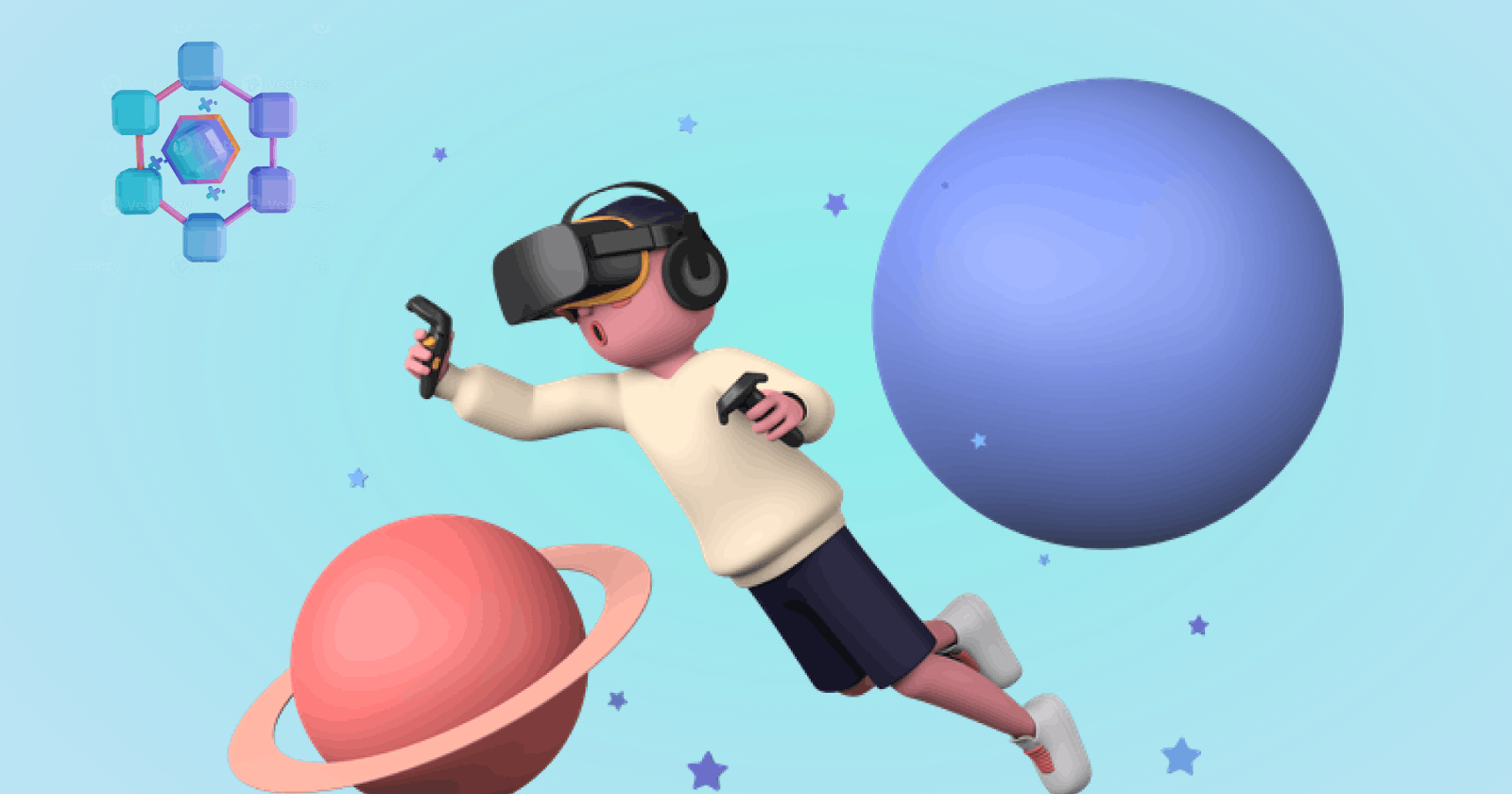Fun-facts About Blockchain
Learn Blockchain Fundamentals through 8 Simple Facts
You’ve been wondering exactly what blockchain is, but every article you’ve read has made the concept even more complicated, you’re tired of the brain-wracking jargon, and the long boring articles, I got you. This article is designed to give you the basics of blockchain through 8 valid facts. At the end of this article, you’d have enough knowledge to kickstart your journey into Blockchain Technology.
Let's dive right in!
8 fun-facts about Blockchain
Blockchain is not Rocket Science
Blockchain is not Bitcoin
The founder of Blockchain is not known
Blockchain exists to solve various problems
Blockchain has interesting features
Different types of blockchains exist
There are different blockchain protocols
Blockchain can be applied in various industries
1. Blockchain Is Not Rocket Science
You heard right! Getting into the industry, Blockchain might seem like a scary word. But really, it’s only a concept, and like every other concept, can be learned.
Blockchain at its core, is a digital record system, that stores transactional data, distributed across different computer systems and secured by cryptography.
It was initially designed to eliminate the need for intermediaries during financial transactions but has now been adopted in various industries, to enhance transparency and security.
2. Blockchain is not Bitcoin
I know right? it’s common for people who do not know much about blockchain to assume Blockchain is the same as Bitcoin. Well, the fact is, Blockchain and Bitcoin are two different concepts.
Blockchain is the technology that powers bitcoin while bitcoin is a digital currency, built on blockchain.
Bitcoin exists as the first use-case of blockchain, released on January 2009 by an anonymous with the Pseudoname Satoshi Nakamoto.
It is the most popular and currently, the most valued cryptocurrency in the crypto market.
3. The Founder Of Blockchain Is Not Known

It is true that Satoshi Nakamoto, the founder of the Bitcoin Cryptocurrency, is also credited as the brain behind the first Blockchain, but we still cannot put a face to the name. We can't tell if Satoshi is an individual or an acronym for a group of persons.
There have been controversies around who the person behind the name, really is. Various persons have tried to claim the Identity. But the truth is, as of the time of writing this article, the world still isn’t sure about Satoshi Nakamoto’s Identity.
Satoshi Nakamoto officially released the Blockchain in 2009, as the technology that powers the Bitcoin cryptocurrency, as well as the Bitcoin white paper in October 2008. But all the while has never given any details about his Identity. Scientists and Researchers however presume that Satoshi might be a cryptography expert from Japan. - Wikipedia
4. Blockchain Exists To Solve Various problems
Major problems of traditional systems are centralization, the need for trust, and security. We can barely trust that our money is safe in the bank or that we can get it at any time we need. Neither can we trust that the data we share, are safe with central authorities in our respective organizations?
Blockchain exists to remove that need for trust. It gives us more access to our data through decentralization. And ensures that our data is safe through cryptography.
We can now save our data securely on the blockchain without any fear of who might tamper with it.
5. Blockchain Has Interesting Features

The core features of blockchain are Decentralization, Immutability, Transparency, and Security.
Blockchain is known as a decentralized system, because data stored in it, are distributed to different computers, across its network. This is so that these data can be easily accessed by all the network participants, without relying on a central authority.
Blockchain is Immutable because data stored in it blocks, are interlinked, and secured by cryptography. The content of the blockchain is also shared among participants of the network. Therefore, When a change is made to certain data, every member of the network is alerted. This makes it difficult to tamper with.
The blockchain is transparent because everyone can access transactions within a network and does not have to go through a central body to access them.
E.g, You can easily access the money in your crypto wallet, you do not have to go through your bank to get it.
Finally, the blockchain is known for its security. It uses cryptography and decentralization, to ensure that the data stored in it cannot be changed.
6. Different Types of Blockchain Exist:

Because Blockchain is used across various industries, there is a need for variation of this technology, in order to meet different business needs. The various types of blockchains include:
Public Blockchain: This type of blockchain is open and accessible to every participant of the network. There is no center of authority, and everyone can contribute to it. E.g of a public blockchain is the Bitcoin network.
Private Blockchain: A private blockchain is restricted and controlled between trusted entities. E.g a bank that wishes to use blockchain to manage its internal transactions.
Permissioned Blockchain: This type of blockchain is controlled by certain entities of the network. E.g., various groups of banks sharing transactional data.
7. There Are Various Blockchain Platforms

Various blockchain platforms exist, which power the development of blockchain products. Examples include:
Bitcoin: The bitcoin platform maintains a secure and decentralized record of transactions.
Ethereum: This is the platform that enables the development of decentralized applications.
Binance Smart Chain: Is suitable for building games and decentralized finance applications.
Cardano: Supports verification of credentials, supply chain, and food products, to eliminate fake and unuseful products.
IBM Blockchain: Enables trusted data exchange and workflow automation with distributed ledger technology and blockchain.
8. Blockchain is applied in various industries:

To many, blockchain is synonymous to finance, this is because blockchain was initially designed to record financial transactions without the need for intermediaries. However, over the years, the need for blockchain technology has extended across various industries. Some of which include:
Food:
Blockchain is used in the food industry to
Guarantee the origin and sustainability of food products
Reduce food frauds
Identify food waste
Enhance food safety (amongst others)
Food companies already adopting blockchain for their products include Walmart, Nestle, Bumble B etc.
Healthcare
Blockchain is used in healthcare, to:
Improve medical record-keeping
Eliminate medical errors and high cost of care
Enhance security and control of healthcare transactions
Provide smart contracts as a consensus for health insurance
(amongst others)
Healthcare products using blockchain include: Health Nexus, MedRec, Shivom, etc.
Government
In Government, Blockchain is used to:
Reduce labor-intensive processes.
Secure storage of government, citizen, and business data.
Reduce excessive costs associated with managing accountability.
Summary
With these 8 fun facts, you have been able to learn the fundamentals of blockchain, including its features, types of blockchain, and its applications. I believe you're now ready to further explore in detail, the concepts of this awesome technology. Go for it!<3

